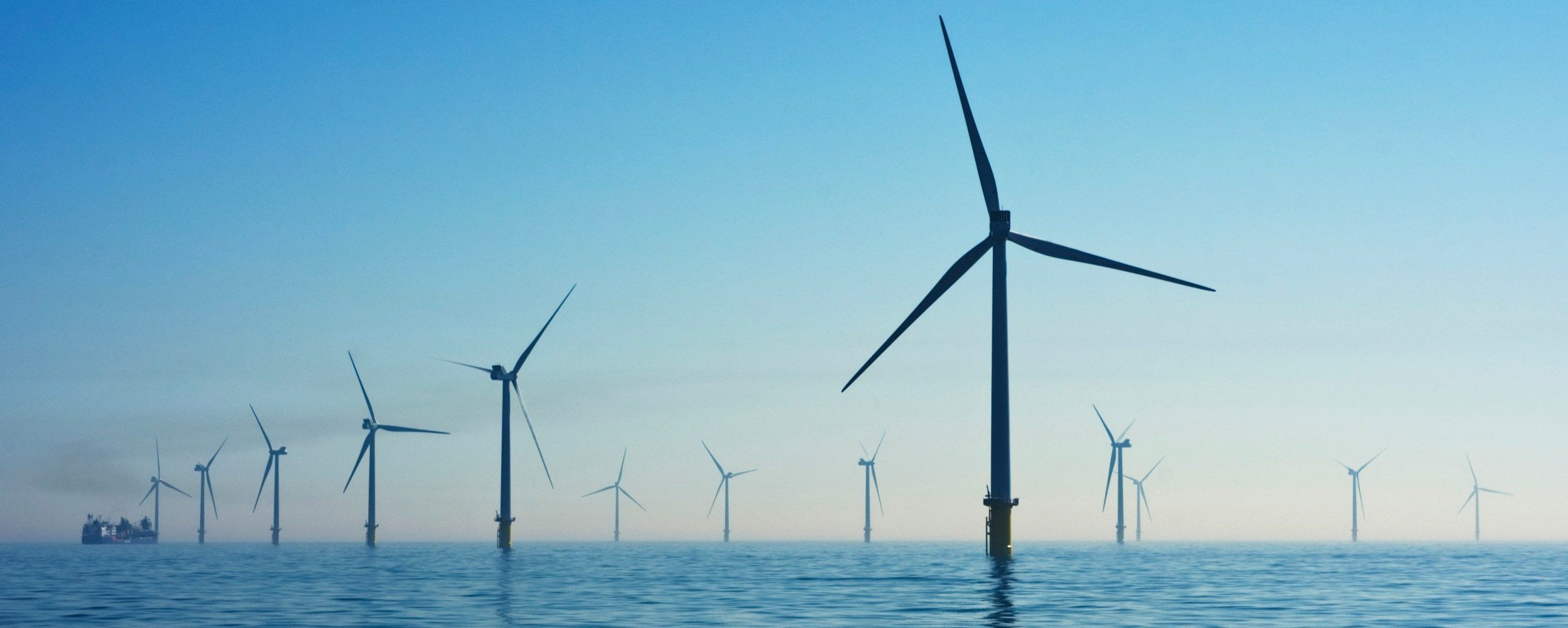
Our Key Considerations
Safety First - We understand that the primary focus of engineering in high hazard industries is safety. We as engineers are tasked with designing, testing, and maintaining systems that minimise the risk of accidents, ensure safe operation, and protect workers, the public, and the environment. In high hazard environments, safety is not just a priority—it’s a legal and ethical responsibility.
Risk Management and Mitigation
Risk management is at the core of engineering practice in high hazard industries. We use sophisticated risk assessment tools to identify, quantify, and mitigate risks associated with system failures, hazardous materials, and environmental impacts. Our solutions are designed to address both immediate risks and long-term safety concerns. Managing risks involves not only the design phase but also ongoing monitoring and maintenance throughout a system's lifecycle.
Reliability and Redundancy
Systems must be designed for maximum reliability and resilience. This involves designing systems which are fault tolerant and utilise fail-safes and redundancies, ensuring that if one system fails, another can take over seamlessly without compromising safety or functionality. We ensure that systems are not only effective but also maintainable, with contingency plans for all possible failure scenarios.
Complex Systems Integration
High hazard industries often involve the integration of multiple, complex systems. We ensure that all components—whether mechanical, electrical, or software-based—work together seamlessly. Systems integration is a highly technical process that requires a deep understanding of each system’s function, as well as how they interact with one another in a real-world operational environment.
Regulatory Compliance
Engineering in high hazard industries must adhere to a multitude of local, national, and international regulations designed to ensure safety and environmental protection. These regulations are often stringent and can vary by sector. Compliance with these standards is not optional; failure to meet regulatory requirements can result in fines, legal consequences, or, more critically, public harm. We play a pivotal role in ensuring systems meet and exceed regulatory requirements, from the initial design phase to decommissioning.
Lifecycle Management and Maintenance
Systems deployed in high hazard industries often have long lifecycles, requiring continuous monitoring, maintenance, and eventual decommissioning. We understand that engineering in these sectors doesn’t end once a system is deployed—it requires ongoing support to ensure that the system continues to operate safely and efficiently over time.
Advanced Materials and Technology
Often the use of advanced materials and cutting-edge technologies is required. This can include materials that can withstand extreme heat or radiation, cutting-edge robotics for handling hazardous materials, or advanced software for real-time monitoring and control. We have expertise in emerging technologies, as well as an understanding of how these technologies can be safely integrated into existing systems and operations.
